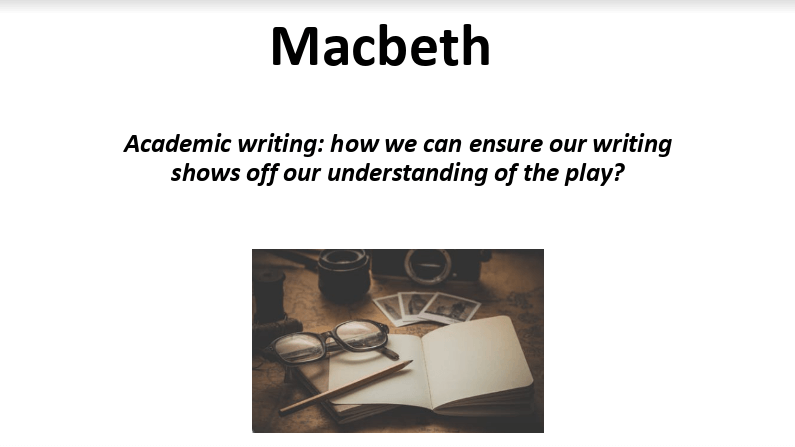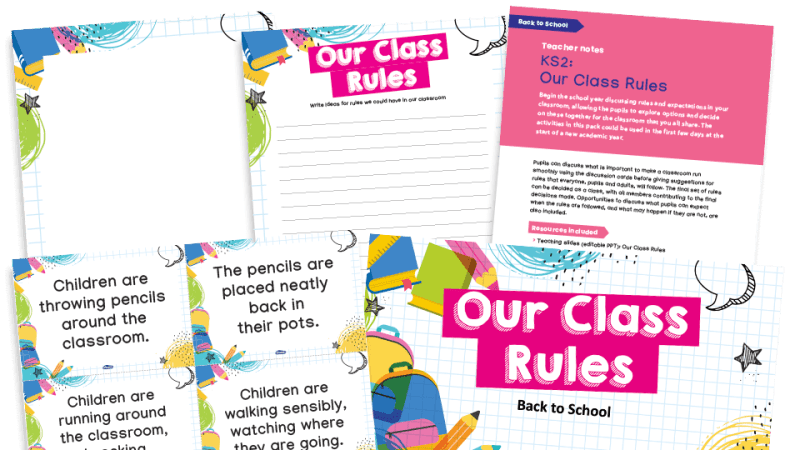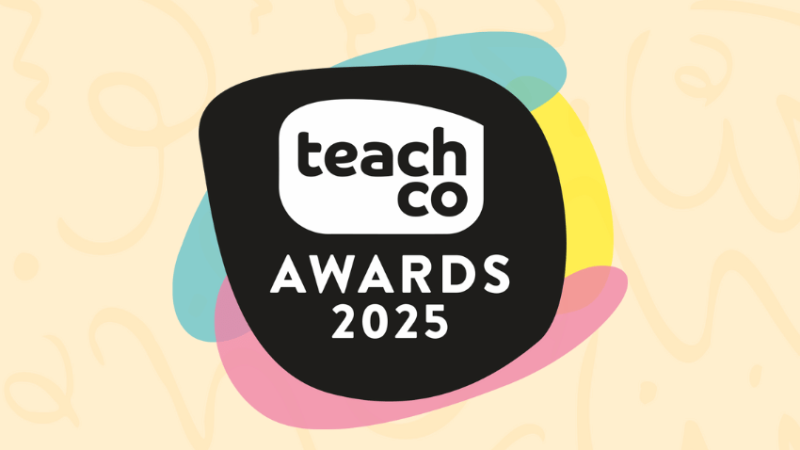Why Teachers of Every Subject Must Develop Students’ Academic Language

Developing students’ academic language is crucial for success at KS3 and 4 – and every teacher should be doing it, insists Amy Forrester…

- by Amy Forrester
- Director of pastoral care and English teacher Visit website

“Academic writing style? Isn’t that the job of the English department?” grunts Steve.
We’ve all been there. INSET on literacy, use of SPAG marking codes. It all comes back to the English department, doesn’t it?
After all, as Steve goes on to explain, “It’s not like they have a curriculum to teach.”
Actually, we do. And no, it’s not our responsibility to teach students how to write like a scientist – chances are, we would have no idea where to start. That ball’s in your court, Steve.
Of course, developing academic writing is an important facet of English teaching, but it is not the role solely of the English department. Every teacher is, after all, a teacher of literacy.
Subject specific
In a world where technology is threatening the splendour of the written word, teaching academic expression and language has never been more crucial.
If students are to be able to think like a scientist, or write like a historian, that has to start with the expression of their thoughts on that very subject.
Unless they start to think like a scholar, and speak like one, they won’t write like one. And if they’re not writing like one, they aren’t immersed in the bright and beautiful world of academia.
Although the English department can’t possibly be responsible for teaching the linguistics around every subjects’ academic nuances (we’re good; but seldom are we that good!), there is a lot that can be learnt from the way English teachers develop academic writing in their lessons.
Ultimately, it is all about the words; the constructions and expressions students are able to use themselves.
Regular reading
Exposing students to academic language has a fundamental part to play in developing their own writing style.
Students need to be reading it regularly as part of their learning. As you’re teaching a key concept, you should always be thinking, “How can I expose them to the best ways that this has been written, thought or said?”.
For example, if we were teaching Blake’s London, we might use academic articles from The British Library, which allows a two-pronged attack for learning: the content is demanding and rigorous for students, and they also learn a great deal about the way that English is written, and spoken about.
Breaking articles like this down, and deconstructing the way that they are written, can be really effective in giving students clear ideas on emulating the style themselves.
Often, in English, we see tentative language used, or the use of triples to demonstrate a wide and varied interpretation of a text.
These techniques, once students can spot them, label them and use them, allow them to model their own writing on that of real academics.
This approach can be used across the curriculum; a physicist could easily read something from The Institute of Physics to a class, for example, and whilst supporting them in wrestling with the content, focus also on the nuts and bolts of how it is written.
Model behaviour
A key weapon in any teacher’s arsenal when grappling with improving academic voice is modelling.
In years past, the received wisdom was to provide students with a model paragraph for them to read.
Trending
However, I would argue that this entirely misses the biggest step of all, which is the active process of expression. This is the part that we, as experts, often overlook.
What’s natural to us, however, is not so to a novice; and this process needs to be clearly and explicitly taught.
Live teacher modelling is possibly the most useful thing we can do to overcome this, and, unless you’re lucky enough to still have an OHP, in which case I am jealous, the modern day equivalent, a visualiser, is your best friend for this endeavour.
As experts, it’s really easy for us to take for granted how we write like an academic, but breaking this process down, explaining your thinking, and writing, can be transformational for novices.
Going live
Live modelling is something I use daily, applying the ‘I-We-You’ principle that Sarah Barker has written about on her blog, The Stable Oyster.
Beginning with teacher modelling – the ‘I’ step – we get the opportunity to guide students through the very beginnings of a piece of academic writing, showing them the thinking process as we go.
We can demonstrate how to think and edit concurrently, reflecting on linguistic choices, and deliberately draw students’ attention to the active processes behind how we construct our own writing.
The next step – the ‘We’ – involves working with the class as a whole, applying those principles.
In English, we focus very clearly on the vocabulary and formality of expression.
Quite often, at this stage, I will deliberately model something that doesn’t have the right level of precision or formality, and allow students to tear it apart, while we find ways to improve it.
The message to learners is clear – even experts don’t get it right every time, and we have to work hard at refining our choices.
Finally, when you think they’re ready, you hand the work over to them; the ‘You’ step. I find this works best when you set out one or two clear foci beforehand.
Some things that have worked well for me are evaluative verbs, or use of subordinate clauses at the beginning of a sentence.
This has become an integral part of my classroom practice now, and students actively request that we do it, because they find it helpful in developing their tone.
Academic writing is the key to the door of passion for a subject. By bringing it to the forefront of your practice, no matter what subject you teach, you bring students into new and exciting worlds.
7 easy ways to encourage more academic writing
- Record students reading their work back, and discuss it together.
- Encourage learners to steal specific phrases from academic writing to use themselves.
- Explicitly teach tier 1, tier 2 and tier 3 vocabulary relevant to your subject.
- Use classroom talk as a step – speak like an expert!
- Address misconceptions by showing students the kinds of incorrect phrasing that come up time and time again.
- Work with representatives from other subject departments to identify any commonalities between style and vocabulary. Use these to support a cross curricular focus.
- Ensure students rewrite anything that isn’t sufficiently academic. Learners will meet whatever expectation you have; it’s better, then, to make it sky high than accept a sub-par piece.
Amy is an English teacher and Head of Year at Cockermouth School, Cumbria. Follow her on Twitter at @amymayforrester where she regularly shares resources with #TeamEnglish.










